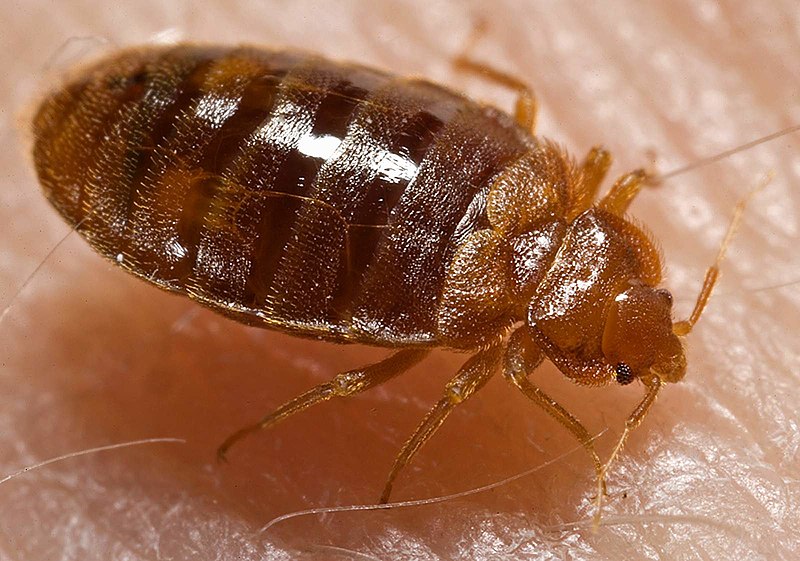Fitxer:Bed bug, Cimex lectularius.jpg

Mida d'aquesta previsualització: 800 × 561 píxels. Altres resolucions: 320 × 224 píxels | 640 × 449 píxels | 1.024 × 718 píxels | 1.280 × 898 píxels | 1.600 × 1.122 píxels.
Fitxer original (1.600 × 1.122 píxels, mida del fitxer: 161 Ko, tipus MIME: image/jpeg)
Historial del fitxer
Cliqueu una data/hora per veure el fitxer tal com era aleshores.
| Data/hora | Miniatura | Dimensions | Usuari/a | Comentari | |
|---|---|---|---|---|---|
| actual | 15:11, 17 maig 2007 |  | 1.600 × 1.122 (161 Ko) | Patho | == Summary == {{Information |Description=ID#: 9822 Description: This 2006 photograph depicted an oblique-dorsal view of a '''bed bug nymph, Cimex lectularius''', as it was in the process of ingesting a blood meal from the arm of a “voluntary” human h |
Ús del fitxer
La pàgina següent utilitza aquest fitxer:
Ús global del fitxer
Utilització d'aquest fitxer en altres wikis:
- Utilització a af.wikipedia.org
- Utilització a an.wikipedia.org
- Utilització a ar.wikipedia.org
- Utilització a arz.wikipedia.org
- Utilització a ast.wikipedia.org
- Utilització a as.wikipedia.org
- Utilització a azb.wikipedia.org
- Utilització a be.wikipedia.org
- Utilització a bg.wikipedia.org
- Utilització a bjn.wikipedia.org
- Utilització a bn.wikipedia.org
- Utilització a bs.wikipedia.org
- Utilització a ca.wikipedia.org
- Utilització a ca.wikiquote.org
- Utilització a ceb.wikipedia.org
- Utilització a cs.wikipedia.org
- Utilització a cv.wikipedia.org
- Utilització a dag.wikipedia.org
- Utilització a de.wikibooks.org
- Utilització a din.wikipedia.org
- Utilització a el.wikipedia.org
- Utilització a eml.wikipedia.org
- Utilització a en.wikipedia.org
- Utilització a en.wikinews.org
- Utilització a en.wiktionary.org
Vegeu més usos globals d'aquest fitxer.
